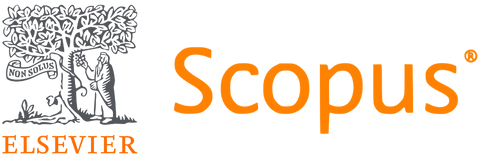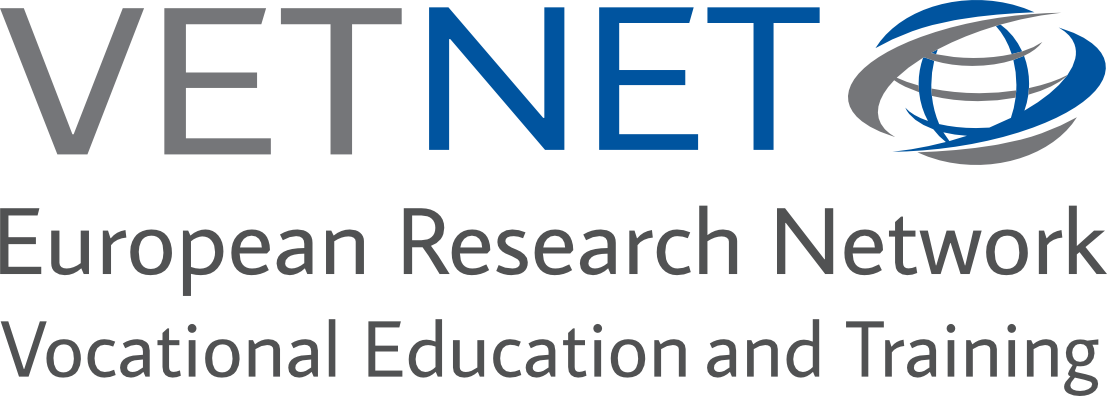Vocational Student Teachers’ Self-Reported Experiences in Creating ePortfolios
DOI:
https://doi.org/10.13152/IJRVET.7.3.2Keywords:
ePortfolio, Motivation, PLE, Scaffolding, Self-Determination Theory, Vocational Student Teacher, Vocational Education and Training, VETAbstract
Context: The context of the study is vocational teacher education and the participants are vocational student teachers. They are studying in a blended learning setting as part time students. They represent several disciplines of vocational education and training. The vocational teacher studies take one year and are 60 credits. The study relates to the discussion of vocational education and training (VET) and teachers’ competencies that they are transferring to their VET students by sharing the knowledge of their subject area and working practices. This study is an exploration of one of these working practices: making competence visible in a digital format.
Approach: Student teachers’ descriptions of their practices and recommendations of supportive methods for composing an ePortfolio are reviewed and their motivation to compose an ePortfolio is studied as a part of the personal learning environment (PLE) philosophy.
Findings: The data revealed some typical practices, such as composing an ePortfolio (the most popular ways of doing this were recording reflections in a learning diary and using digital tools to document artefacts) and making vocational teachers’ competence visible through an ePortfolio (understanding the difference between workspace and showcase portfolios and what kinds of competence to document). The recommendations mentioned by participants were supportive methods of composing an ePortfolio (collaborative learning processes with peers, lecturers’ feedback and assessment and clear instructions) as well as methods of making vocational teachers’ competence visible (e.g. orientation to ePortfolio work using learning objectives and assessment criteria for ePortfolios). Participating student teachers are/were motivated to work with ePortfolios in various ways and expressed an intrinsic motivation to pursue personal growth and become a vocational teacher.
Conclusions: The study revealed vocational student teachers’ various perceptions of scaffolding and motivational orientations to make their competence visible through ePortfolios. These can be used to design scaffolding processes to support students’ ePortfolio activities. ePortfolios are used as a study method to promote student teachers’ career development and personal growth and to help them acquire teacher competencies. The study concludes with a review of the learning objectives and the assessment criteria for the ePortfolio process in a vocational teacher education program.
Downloads
Online First / Final Publication Date
How to Cite
Issue
Section
URN
License
Copyright (c) 2020 Anne-Maria Korhonen, Sanna Ruhalahti, Minna Lakkala, Marjaana Veermans

This work is licensed under a Creative Commons Attribution-NonCommercial-NoDerivatives 4.0 International License.





